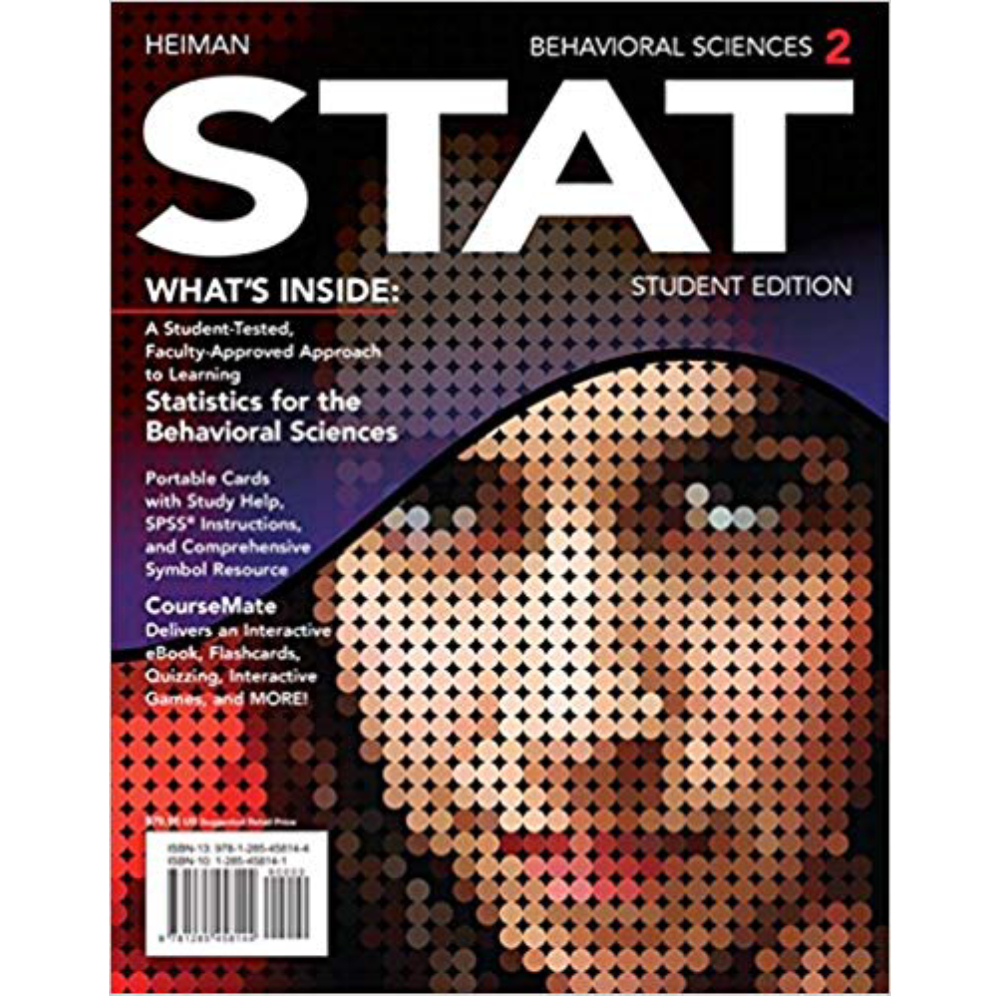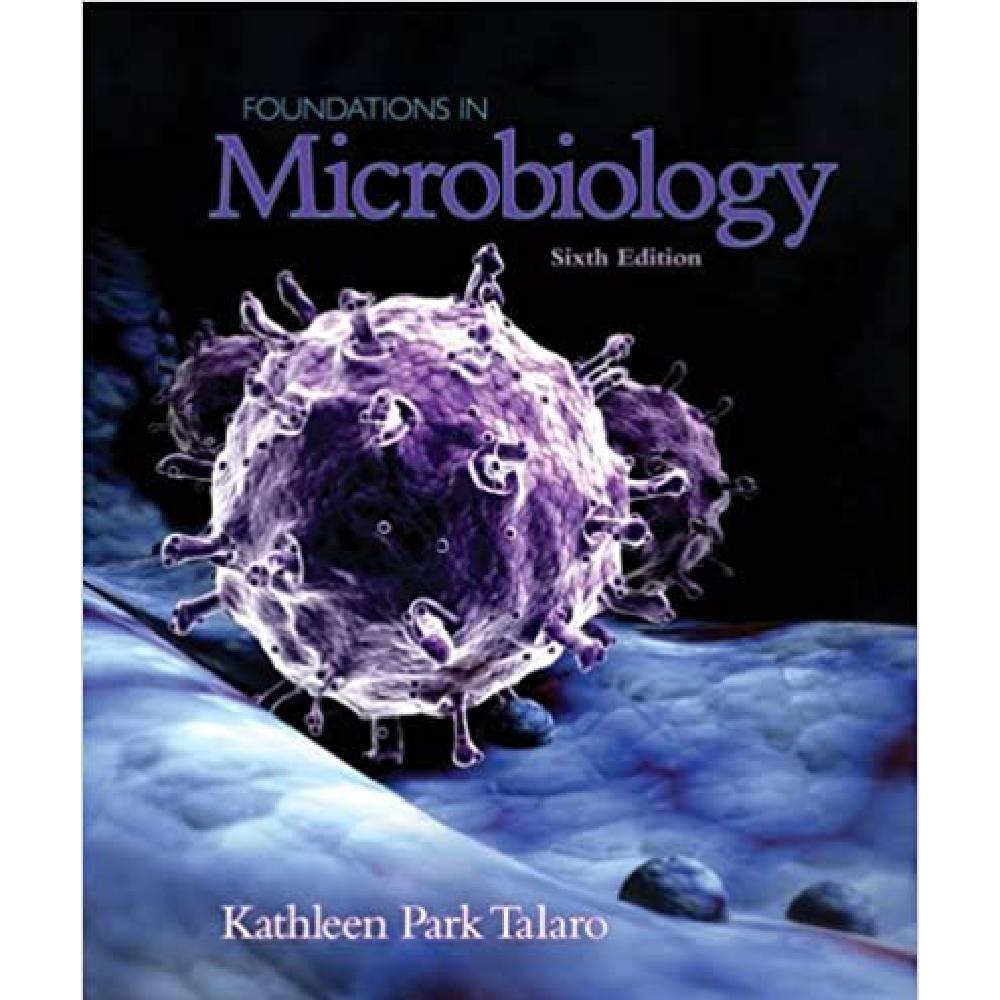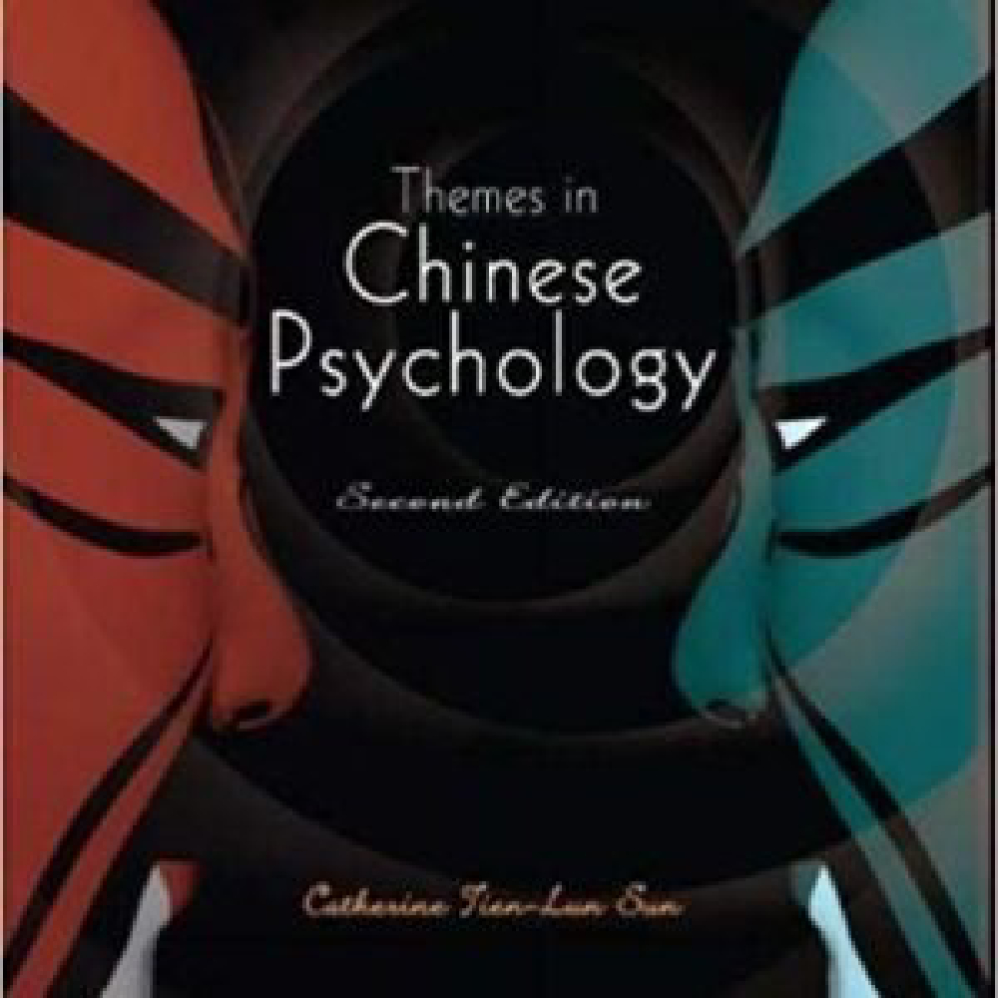Themes In Chinese Psychology 2nd Edition By Catherine Tien – Test Bank
$55.00
Themes In Chinese Psychology 2nd Edition By Catherine Tien – Test Bank
You will receive this product within 24 hours after placing the order
Themes In Chinese Psychology 2nd Edition By Catherine Tien – Test Bank
CHAPTER 11: PSYCHOPATHOLOGY AND PSYCHOLOGICAL
WELLNESS IN CHINA
Multiple Choice Questions with Answers
1. Traditional Chinese Medicine is rooted in
a. Confucianism
b. Taoism
c. Buddhism
d. a and b
Answer: b
2. Which of the following is not a Diagnostic tool in TCM?
a. listening
b. smelling
c. palpation
d. answering
Answer: d
3. According to The Yellow Emperor’s Classic of Internal Medicine, excessive grief can
injure
a. Lungs
b. Kidney
c. Heart
d. Liver
Answer: a
4. According to the principle of emotional counteraction, anger can be overcome by
a. joy
b. grief
c. fear
d. obsession
Answer: b
5. According to the theory of mutual generation of emotions, obsession can restore
the balance of
a. anger
b. grief
c. joy
d. fear
Answer: d
6. TCMM does not include
a. dream interpretation
b. taiji
c. talk therapy
d. Cognitive Behavioral Therapy
Answer: d
7. With reference to traditional Chinese medicine (TCM), which organ would a
practitioner of TCM focus on when working with bipolar affective disorders?
a. heart
b. liver
c. spleen
d. kidneys
Answer: c
8. In terms of psychopathology in the Chinese, the somatization is
a. a conscious effort to conceal cognitive malfunctioning
b. culturally endogenous
c. a culturally prescribed mode of communicating helplessness
d. a significant off‐shoot of the self‐in‐relation
Answer: c
9. Which of the following statements is correct?
a. Somatization makes maligning more publicly acceptable
b. Somatization implies a lack of self‐awareness or insight
c. Somatization makes it possible not to talk about personal and intimate
sentiments
d. Somatization is a form of psychologizing
Answer: c
10. The incidence of suicide amongst the Chinese as compared with the World
Health Organization’s median is
a. significantly higher
b. slightly higher
c. slightly lower
d. significantly lower
Answer: a












Reviews
There are no reviews yet.